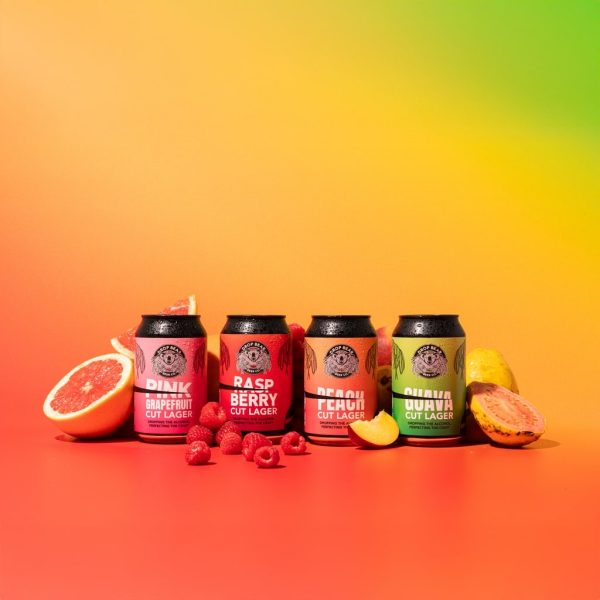Hops are probably the most discussed beer ingredient, however, when brewing at our non-alcoholic brewery, we understand the importance of an ingredient that is not too often discussed…yeast.
Yeast is crucial in brewing as it ferments sugars, converting them into alcohol and carbon dioxide. This process not only produces alcohol content but also contributes to the beer’s flavor, aroma, and mouthfeel. Yeast selection and management are pivotal in achieving desired beer characteristics, making it a fundamental element in brewing. Yeast selection is even more important in alcohol-free brewing, as only trace amounts of alcohol can be produced, but we still want maximum flavour.
We recently received a very exciting delivery, a batch of the first ever yeast we ever brewed with. There are two types of yeast, wet and dry. At Drop Bear, we believe wet is best!
We asked AI to explain the differences between wet and dry yeast:
In the fascinating world of brewing, the choice between wet yeast and dry yeast plays a crucial role in determining the outcome of your concoction. While both options have their merits, today we’re shining a spotlight on the often underestimated champion – wet yeast – and why it deserves a prime place in your brewing arsenal.
First and foremost, wet yeast boasts a higher cell count compared to its dry counterpart. This abundance of active yeast cells jumpstarts the fermentation process, leading to a more vigorous and efficient fermentation. With a quicker start, brewers using wet yeast can enjoy a faster turnaround time, reducing the overall fermentation period and potentially accelerating the time it takes to savor their crafted brew.
Another noteworthy advantage of wet yeast lies in its diversity. Wet yeast strains often present a broader spectrum of flavors and aromas, providing brewers with a versatile palette to create a myriad of beer styles. From fruity and estery notes to complex and nuanced flavors, the range of possibilities with wet yeast is vast, allowing for the creation of beers that are rich, distinctive, and finely tuned to the brewer’s preferences.
Moreover, the viability of wet yeast is generally higher, ensuring a healthier fermentation. This robust yeast activity results in a cleaner, more complete attenuation, reducing the risk of off-flavors or incomplete fermentation that can sometimes occur with dry yeast. The reliability of wet yeast provides brewers with greater control over the final product, contributing to the consistency and quality of each batch.
In conclusion, while both wet and dry yeast have their place in the brewing world, the superior advantages of wet yeast make it a compelling choice for discerning brewers, especially non-alcoholic breweries. With a higher cell count, a diverse flavor profile, and greater viability, wet yeast empowers brewers to take their creations to new heights. So, the next time you embark on a brewing adventure, consider the liquid gold of wet yeast for a truly exceptional brewing experience. Cheers to the artistry of wet yeast and the delightful brews it helps create!
Learn more…
Want to learn more about the wonderful world of brewing yeasts? Learn more here.
Want to see how using wet yeast helps make our beers taste so great? Grab some for yourself here!




